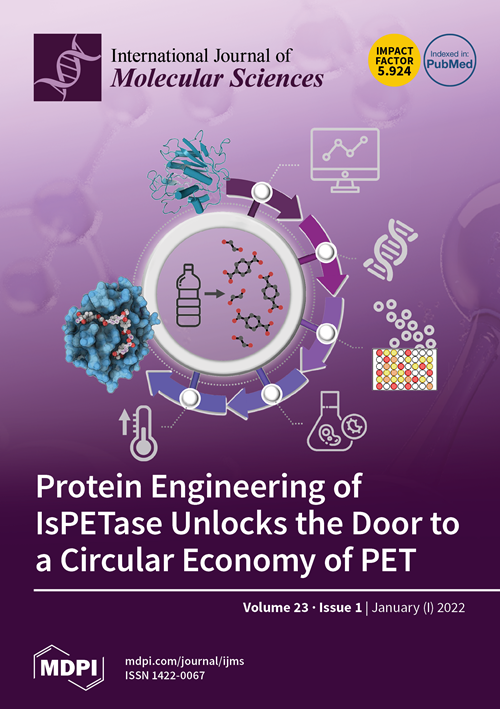Genes Co-Expressed with ESR2 Influence Clinical Outcomes in Cancer Patients: TCGA Data Analysis
IF 4.9
2区 生物学
Q1 BIOCHEMISTRY & MOLECULAR BIOLOGY
引用次数: 0
Abstract
ERβ has been assigned a tumor suppressor role in many cancer types. However, as conflicting findings emerge, ERβ’s tissue-specific expression and functional role have remained elusive. There remains a notable gap in compact and comprehensive analyses of ESR2 mRNA expression levels across diverse tumor types coupled with an exploration of its potential gene network. In this study, we aim to address these gaps by presenting a comprehensive analysis of ESR2 transcriptomic data. We distinguished cancer types with significant changes in ESR2 expression levels compared to corresponding healthy tissue and concluded that ESR2 influences patient survival. Gene Set Enrichment Analysis (GSEA) distinguished molecular pathways affected by ESR2, including oxidative phosphorylation and epithelial–mesenchymal transition. Finally, we investigated genes displaying similar expression patterns as ESR2 in tumor tissues, identifying potential co-expressed genes that may exert a synergistic effect on clinical outcomes, with significant results, including the expression of ACIN1, SYNE2, TNFRSF13C, and MDM4. Collectively, our results highlight the significant influence of ESR2 mRNA expression on the transcriptomic landscape and the overall metabolism of cancerous cells across various tumor types.与 ESR2 共表达的基因影响癌症患者的临床预后:TCGA 数据分析
ERβ在许多癌症类型中被认为具有肿瘤抑制作用。然而,由于出现了相互矛盾的研究结果,ERβ的组织特异性表达和功能作用仍然难以捉摸。在对不同肿瘤类型的 ESR2 mRNA 表达水平进行紧凑而全面的分析以及探索其潜在的基因网络方面仍存在明显的差距。在本研究中,我们旨在通过对 ESR2 转录组数据的全面分析来填补这些空白。与相应的健康组织相比,我们对 ESR2 表达水平有明显变化的癌症类型进行了区分,并得出了 ESR2 影响患者生存的结论。基因组富集分析(Gene Set Enrichment Analysis,GSEA)区分了受 ESR2 影响的分子通路,包括氧化磷酸化和上皮-间质转化。最后,我们研究了肿瘤组织中与 ESR2 表达模式相似的基因,确定了可能对临床结果产生协同效应的潜在共表达基因,结果显示,ACIN1、SYNE2、TNFRSF13C 和 MDM4 的表达具有显著影响。总之,我们的研究结果凸显了 ESR2 mRNA 表达对转录组格局和各种肿瘤类型癌细胞整体代谢的重要影响。
本文章由计算机程序翻译,如有差异,请以英文原文为准。
求助全文
约1分钟内获得全文
求助全文
来源期刊

International Journal of Molecular Sciences
Chemistry-Organic Chemistry
CiteScore
8.10
自引率
10.70%
发文量
13472
审稿时长
17.49 days
期刊介绍:
The International Journal of Molecular Sciences (ISSN 1422-0067) provides an advanced forum for chemistry, molecular physics (chemical physics and physical chemistry) and molecular biology. It publishes research articles, reviews, communications and short notes. Our aim is to encourage scientists to publish their theoretical and experimental results in as much detail as possible. Therefore, there is no restriction on the length of the papers or the number of electronics supplementary files. For articles with computational results, the full experimental details must be provided so that the results can be reproduced. Electronic files regarding the full details of the calculation and experimental procedure, if unable to be published in a normal way, can be deposited as supplementary material (including animated pictures, videos, interactive Excel sheets, software executables and others).
 求助内容:
求助内容: 应助结果提醒方式:
应助结果提醒方式:


